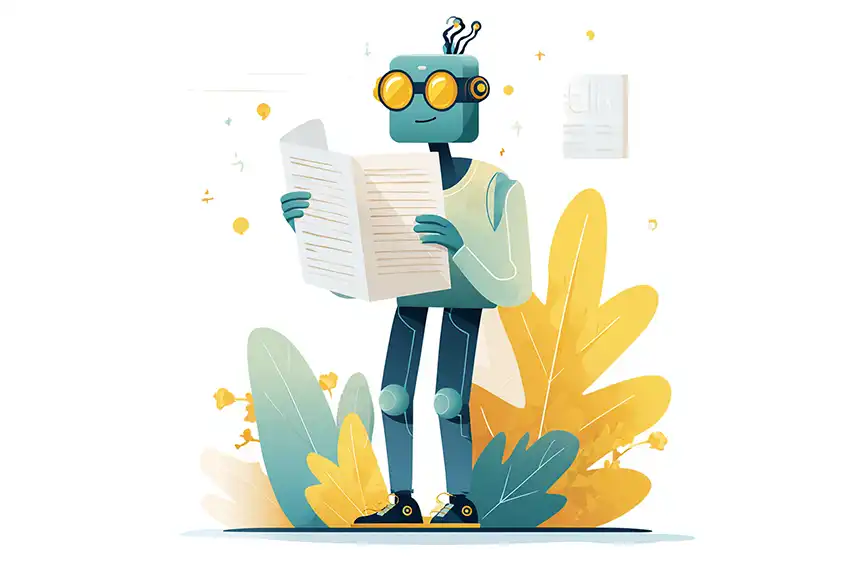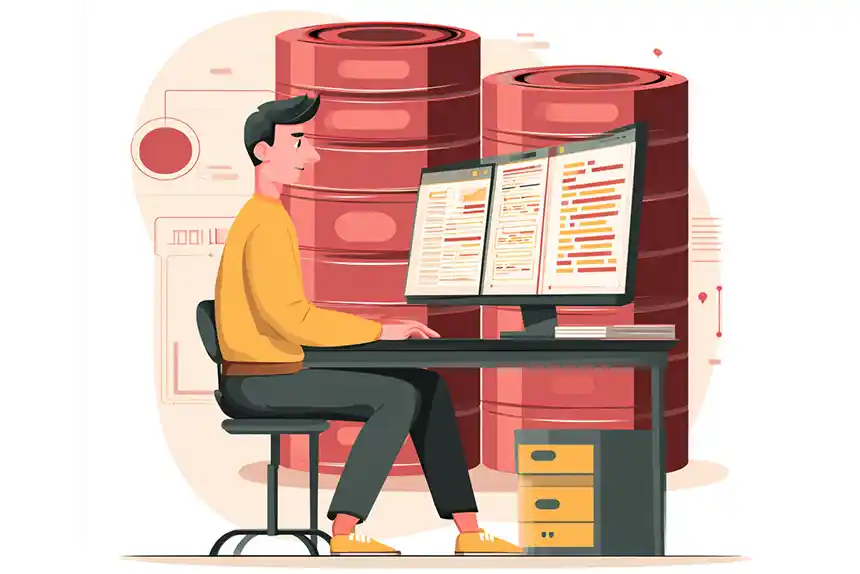What is a Headless Application?

Amanda Jones

Headless content platforms are changing the way enterprises build and deliver compelling digital experiences. This is critical at a time when Gartner predicts that 89% of companies will be competing mainly on customer experience regardless of their industry in the near future.
With this in mind, we’re going back to the basics to learn more about the headless trend that’s taking the CMS and eCommerce industries by storm. Let’s take a closer look at headless applications and why they’re ideal for organizations in today’s omnichannel digital world.
What is a Headless Architecture?
In software development, a headless application has an architecture that completely separates the backend content and data storage and complex functionality from the client-side rendering of the information. In most cases, this is done by exposing the information via APIs — also known as an API-driven approach — which a variety of front-end applications and frameworks can consume.
Besides leveraging APIs, most headless platforms store content and data in a way that’s not tied to any particular front-end. Many headless CMSs, for example, store content as structured markup or simple text files that can be easily reformatted and reused for omnichannel marketing purposes. This differs greatly from the traditional CMS or eCommerce platform that tightly couples the backend data and business logic with the presentation layer — most likely a website and perhaps a mobile app as well. Marketers are often stuck using templates, themes, and other strict tooling that may or may not be high-quality and up-to-date. Legacy CMSs weren’t built to meet the needs of modern digital marketing teams. Centralized and flexible content storage, therefore, can prevent data silos and lead to better brand consistency across channels.
Further Reading: Why Content Taxonomy is Key to Going Headless
Why Headless CMS Matters For Enterprises
Headless CMS is a growing trend as companies struggle to deliver digital experiences to a multitude of channels. CMSs were the first software to take the headless approach as customers began adopting new touchpoints beyond websites and mobile apps. More recently, however, as customers demand shopping experiences whenever and wherever they want, headless has started making its way into eCommerce as well. There’s no telling which industry headless will disrupt next.
Read More: What is Headless Commerce?
Beyond omnichannel digital experiences, the headless architecture brings a wide range of benefits to enterprises. For one, IT teams can use the programming languages, tools, and frameworks that they’re most familiar with or that make the most sense for a particular use-case. That’s because APIs, by their very nature, are language-agnostic. Developers, therefore, no longer need specialized skill sets to work with legacy monolithic applications and can utilize modern tooling to build new front-ends.
Perhaps the most significant advantage of headless technologies for enterprises, however, is that the approach brings digital agility to the organization. API-driven software can easily be mixed and matched to form a best of breed tech stack that closely aligns with today’s business requires, yet can evolve to meet future needs as well. In addition, enterprises will have the flexibility to adopt nearly any digital touchpoint that customers demand in the future, whether it’s AR/VR, voice devices, or a channel yet to be seen.
The language-agnostic and adaptable nature of headless also leads to a faster time to market. Enterprises likely have a tech stack that they’re familiar with, and headless applications can integrate easily without needing to change it. That means enterprises can leverage their existing experiences, while still utilizing the latest technologies. Even if companies don’t already have a tech team in place, they can easily adopt specific technologies that have a highly available talent pool to get started faster and implement new headless applications faster.
Headless With CrafterCMS
CrafterCMS is an API-driven headless CMS that streamlines content management for omnichannel digital experiences. Crafter Engine — the content delivery tier — is front-end agnostic and can dynamically deliver personalized content to any front-end app. Content is highly accessible via REST APIs or GraphQL out of the box, so organizations can take a content-first or Content-as-a-Service approach to building consistent digital experiences.
The CMS is also highly interoperable, so organizations can integrate with a multitude of third-party applications — including eCommerce platforms for headless content and commerce together. That’s because the software has a containerized microservices architecture that’s straightforward to integrate with the development lifecycle and DevOps workflow. We’ve already spoken about the enormous benefits of this approach, which we call the DevContentOps process.
But CrafterCMS goes beyond headless, with comprehensive, powerful content authoring capabilities. Crafter Studio provides in-context editing and drag-and-drop component features to streamline the content creation efforts for digital marketing teams. Live previews ensure marketers can visualize what their content will look like before publishing, so they’re able to deliver the best customer experience possible. CrafterCMS won’t leave your marketers in the dark.
As flexibility and digital adaptability continue to drive business success, headless architectures will likely become the norm. And innovative software like CrafterCMS can lay the foundation for a future-proof headless tech stack.
To learn more, download our free White Paper: The World of Headless CMS
Related Posts

How Should You Structure a Blog Post So AI Models Actually Cite It?

Amanda Jones

Publishing Content from Crafter Studio to External Systems and Databases

Sara Williams

Websites Are Dead?

Mike Vertal

No-Code Experience Building for Marketers & Designers

Amanda Lee










